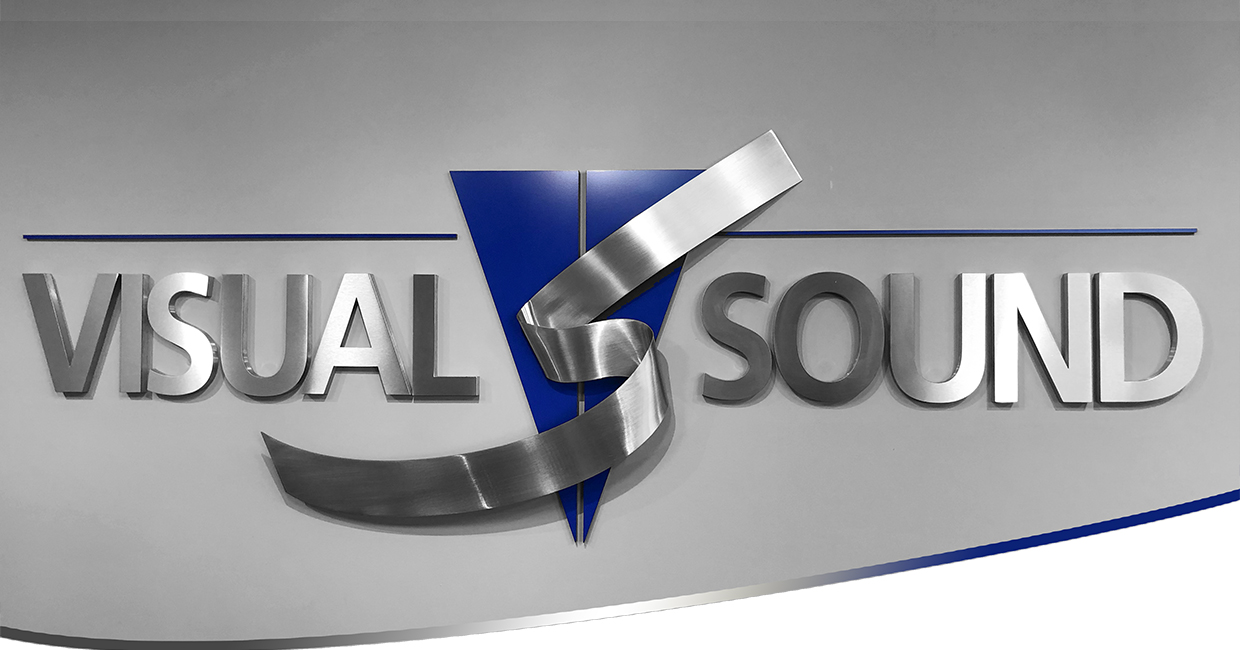Media Vision
Oakland, CA 94608
United States

Dec. 17, 2021 - First thing's first: did the conferencing industry recover from Covid in 2021? Well, it's likely you'll get a different answer from every company you ask, but the consensus from Media Vision's international sales teams is 'yes and no'; there's been some increase in projects compared to 2020, but these client requests have proven different to what most conferencing system providers were historically used to dealing with. So, for the sake of argument, the better question is this:
What changed for conferencing in 2021?
Let's rewind to the end of 2020. All signs pointed towards a return to the 'new normal' to which a year of virtual meetings had us well accustomed. Then came the knockback of the Delta and Omicron variants, which saw further social distancing measures and the global standstill of travel. For an industry that has always relied on the ability to perform demos to clients and manage installations or maintenance in person, this made life difficult to say the least—particularly with webinar and videoconferencing fatigue at an all-time high.
With more clients choosing to meet on-site recently, things are gradually opening back up. But if the last twelve months have taught us anything, it's that we're in an age where even the most informed predictions can prove misguided. That being the case, we're tackling this review by diving into the most surprising observations we've seen throughout 2021, and where these trends might lead us in the New Year.
1. Seasonality
Where end user demand is concerned, the pattern for equipment upgrades tends to be the same: from March to early summer, projects surge. During the vacation period of July and August, requests slow down again, before coming back strong in September, October, and November. Then, between Thanksgiving and the end of winter, there's a hiatus that lasts until spring.
The need for videoconferencing solutions, unsurprisingly, remained stable throughout 2021. But after eleven months of microphone and multimedia installations being postponed, December has experienced an almost unprecedented rise in hardware demand. Probably, this is attributable to the recent publication of financial reports predicting resounding economic recovery in 2022. Whatever the reason, the previously frozen budgets of the government and corporate sectors seem to have been unlocked in the last few weeks of December, creating a boom that few saw coming.
2. Component Shortages
Truly the stone in the industry's wheel of recovery. With manufacturing giants reporting worldwide shortages, AV distributors and integrators will tire of telling you how many of the 2021 projects they were awarded became delayed with month-long lead and delivery times. This was particularly true of installations where the equipment of multiple manufacturers was involved.
Today, component shortages in factories continue to affect delivery times, while hiking up prices across the board. It's a perfect storm for the reps and distributors liaising with end users who are already on tight budgets and timelines. Realistically, supply is likely to remain an issue moving into the New Year—especially considering shortages have not necessarily been exclusive to the electronic components of microphones and the likes. Which leads us to our next point
3. Non-Electronic Shortages
Really—the second year of the pandemic went as far as affecting the wood industry…? Believe it or not, yes. Quoting a case from Q1 of 2021, Marcus Sobczak, a System Solutions Manager at Media Vision, comments: "I was involved in a council chamber installation where the end user ordered a podium in March that didn't arrive until October, because of a wood shortage. The delay caused the entire project to come to a standstill, and I know of other examples from partners. Even budgets have had to be amended, with the cost of a two-by-four doubling in the last year".
A strategic move by the timber industry to take advantage of the current climate? A long-term cause for concern for both vendors and purchasers? Only time will tell.
4. Variations from State to State, Industry to Industry
Just as with seasonality, there's usually a geographical dimension to purchasing patterns in the conferencing and collaboration niche. 2021 has been no different, although location has never played a bigger role in determining the type and status of projects requested in each state.
Take California, for example, where boardrooms, legislative chambers, and universities took a cautious approach to meeting in-person. Hybrid solutions, or those that would allow a strict socially distanced set-up, were overwhelmingly popular there compared with states in the mid-west, where plans around returning to offices and council chambers were more relaxed.
On an industry level, local governments struggled the most with adapting to year two of the pandemic. While corporate rooms and university lecture halls largely carried out remote or hybrid collaboration with a few tweaks to their infrastructure, policy makers were once again forced to navigate the challenges of mainstream video conferencing tools—namely, a lack of specialization for parliamentary voting, moderated discussion, and public participation. With 30% of the workforce choosing home office multiple days per week, it's likely that demand for government-specific meeting platforms like Virtual Council will only rise in 2022.
5. The Dropping of Wired Conferencing Lines
Perhaps the most unexpected turn of events from 2021 has been the announcement that three of the world's AV giants have dropped or hinted at dropping their wired conferencing lines indefinitely. At a time when teams are spread thinly and profitability is key, the discontinuation of such a historically popular solution is far from inexplicable. It is, however, somewhat surprising, particularly given that the industry has seen little in terms of earth-shattering innovations since the pandemic began. Instead, adaptation of existing solutions seems to have been the focus.
It's important to note that not all major AV brands followed the same trend, though. While press releases announcing wired discontinuations were going out throughout the year, TAIDEN was, in fact, doubling down on its efforts for this same product line. In 2021, we saw the release of TAIDEN's latest multimedia terminal, for example, and the team is currently working on an updated wired line—now, one of only a few remaining options for end users looking for wired solutions.
6. The Rise of Portable Solutions
Yes, the majority of large installation projects were canceled or postponed this year, but all was not lost. At Media Vision, Covid gave way to a rise in demands for smaller or medium-sized projects, where clients required add-on solutions to complement their favorite videoconferencing tool. Typically, this entailed tracking cameras or equipment with a USB interface for hybrid meetings.
...
CONTINUED







